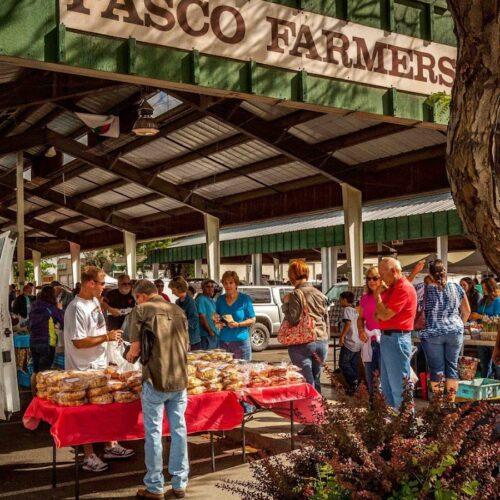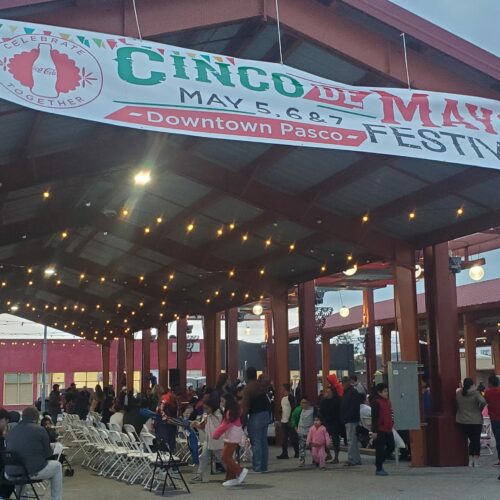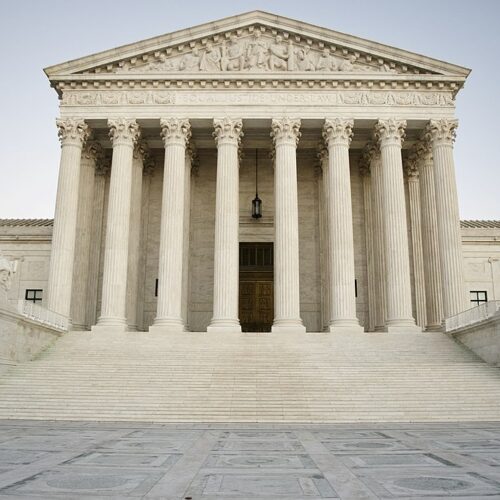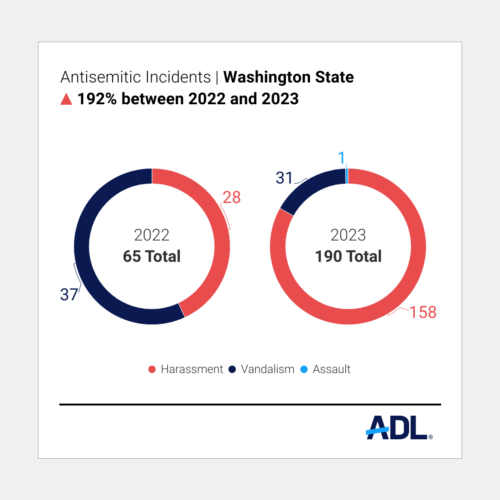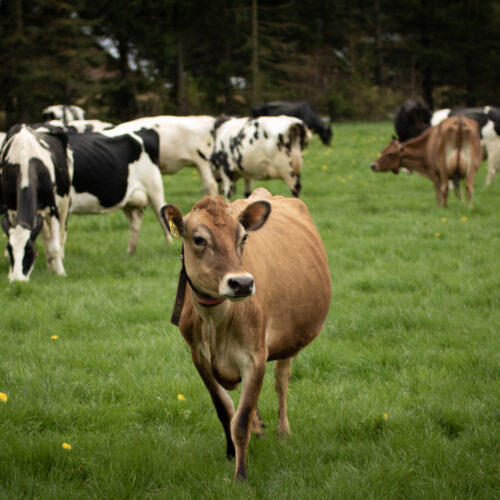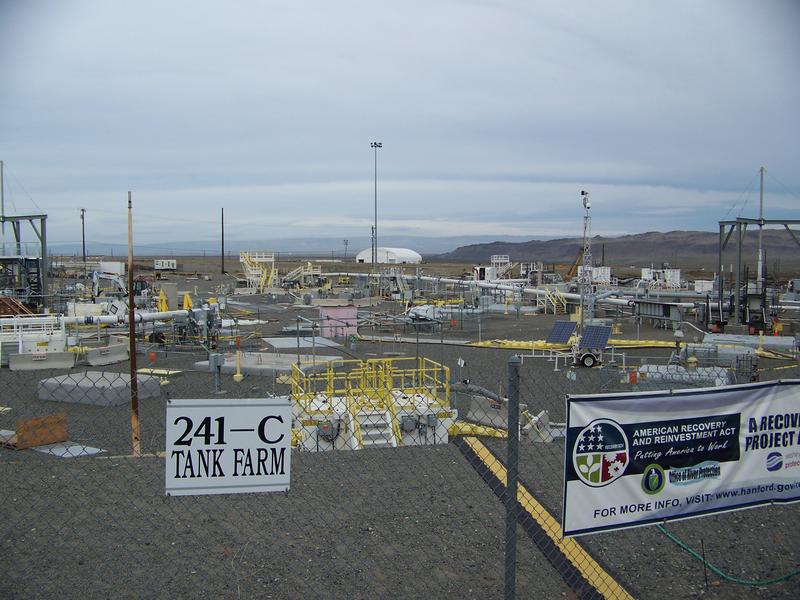
National Scientists Group Looks At How To Treat Hanford Waste
Listen
The National Academy of Sciences is conducting days of meetings in Richland, Washington, this week. On the agenda is what to do with a lot of liquid radioactive waste at the Hanford nuclear reservation.
More than a dozen academy scientists are studying a steady stream of PowerPoints from experts on what’s called Hanford’s liquid low-activity waste. That stuff is mostly chemicals and contains low levels of radioactivity.
And there is big amount of liquid that needs treating at Hanford. It makes up the majority of the 56 million gallons of total tank waste at Hanford.
This waste still has long-lived radionuclides like technetium 99 and iodine 129. So, these scientists and experts are studying how to bind up this waste. The current deadline is by 2047.
So far, federal contractors have been building a massive plant to treat part of the waste. But this low-activity liquid waste is so much volume that another plant will have to be built.
The big questions this group of scientists are wrestling with are whether this low level waste should be bound up in glass or maybe in another way like engineered grout and where that waste should ultimately be disposed for thousands of years.
The academies plans to meet in Richland several more times over this year and will make recommendations to the federal government.
Related Stories:
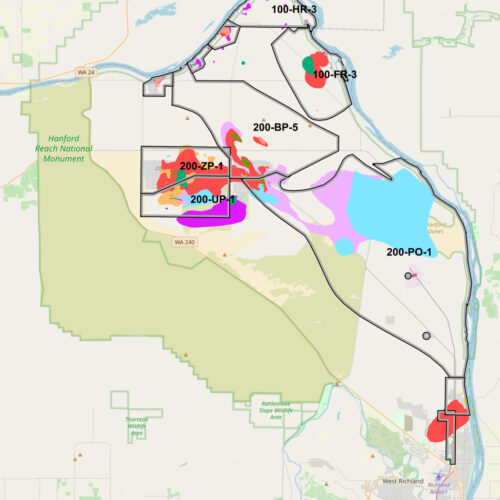
New tool tracks contaminated groundwater at Hanford, other DOE sites
A snapshot of the Hanford cleanup site showing the various groundwater plumes across the site. (Credit: U.S. Department of Energy / Office of Environmental Management) Listen (Runtime 1:00) Read A… Continue Reading New tool tracks contaminated groundwater at Hanford, other DOE sites
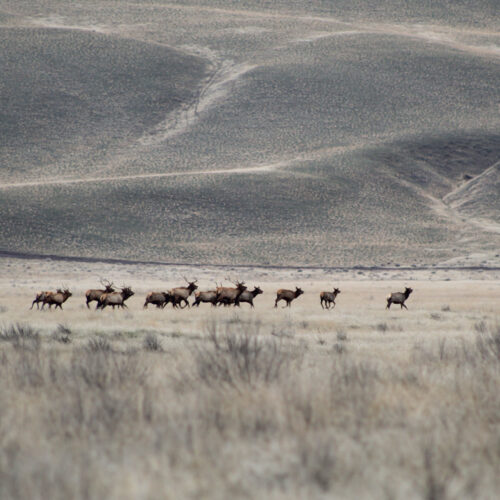
A return after seven decades: Inside the Yakama Nation’s elk hunt on the Hanford Reach
A group of elk runs from Yakama Nation hunters on the Hanford Reach National Monument in December 2023. (Credit: Star Diavolikis / Yakama Nation) Listen (Runtime 3:50) Read A video… Continue Reading A return after seven decades: Inside the Yakama Nation’s elk hunt on the Hanford Reach
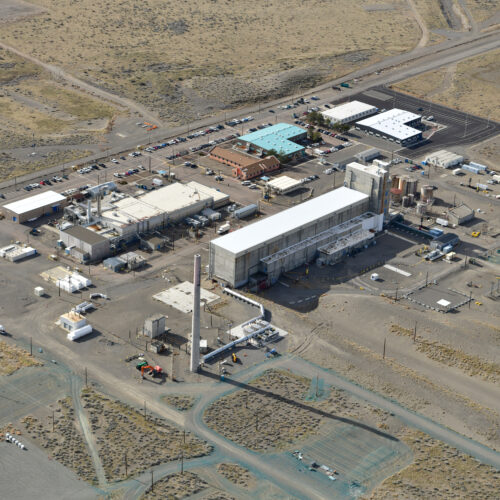
About 60 people evacuated when potentially explosive chemical found at Hanford site laboratory
The 222-S Laboratory mainly studies the physical and chemical characteristics of radioactive waste to support retrieving waste from Hanford’s large underground tanks. Tuesday a vial of chemicals was found there… Continue Reading About 60 people evacuated when potentially explosive chemical found at Hanford site laboratory


